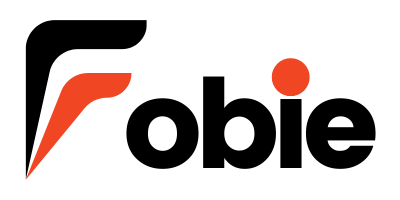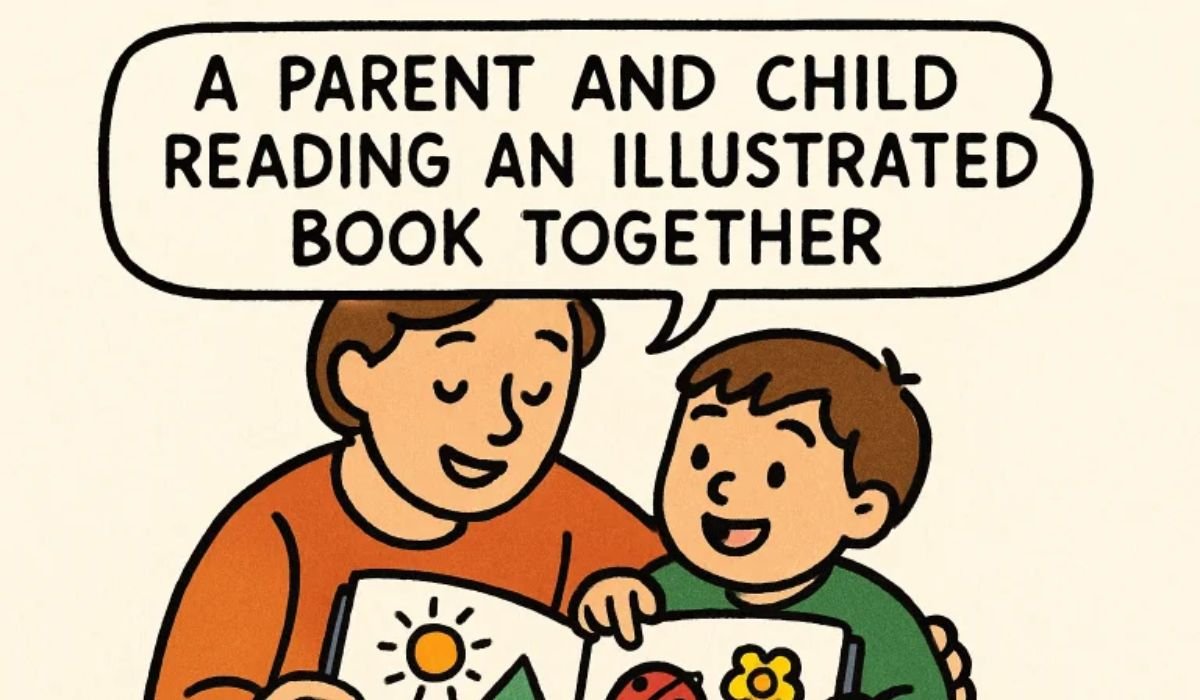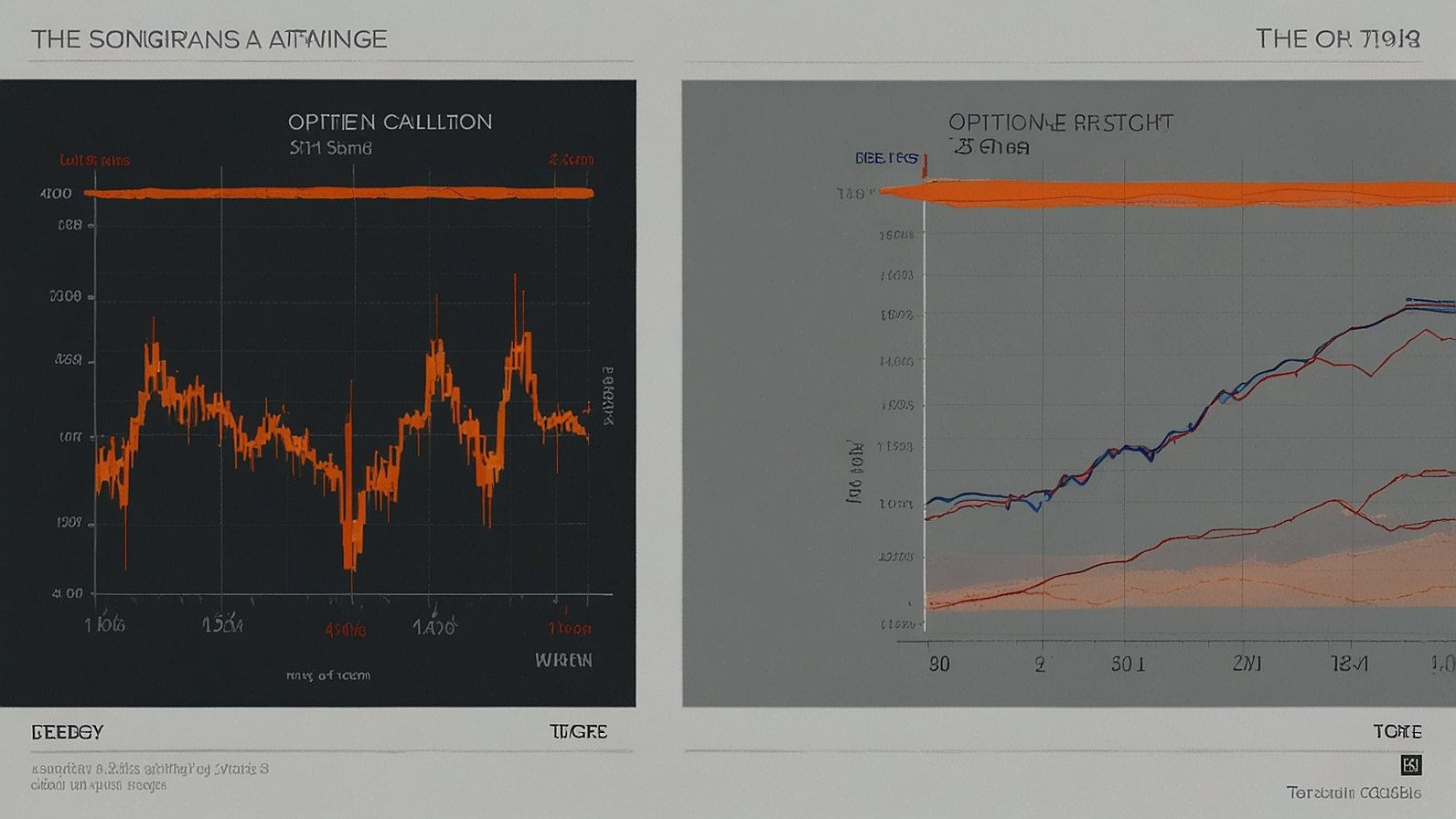Modern technology has transformed completely the methods through which we save and share family historical information. Modern times have eliminated the need to keep family tales hidden in broken photo books and hand-written journal pages.
Modern technological solutions exist to maintain the survival of memories along ancestral lines until the earliest future times.
Artificial intelligence storytelling and cloud storage combined with virtual reality provide distinctive methods that enable people to document and share hereditary stories. Let us explore some outstanding digital tools currently available in the market.
1. Digital Family Trees and Genealogy Platforms
Previous research and document reviews were necessary for creating a family tree. The advancement of digital technology has introduced user-friendly family history tracking systems that present ancestral relationships through visually attractive interactive displays.
Users of these platforms provide personal information about family names and dates along with relationship details while having access to historical records. The platforms enable DNA testing through which users gain knowledge about ethnic backgrounds as well as migration developments and relative identification.
AI-powered search functions along with automatic document comparison capabilities present users with the easiest way to discover distant family members they had never known before.
Genealogy platforms support teamwork between family members so they can build a joint family tree together. Through this collaborative structure history gets documented much more effectively while different family members at every age join together to record their ancestry.
2. Digitization of Photos, Documents, and Heirlooms
Family history materials are most frequently kept alive through photographs from a past era and letters penned by hand. Physical objects remain exposed to multiple risks which result in discoloration and destruction.
The process of digital conversion enables historical materials to survive into the future as it provides better organization capabilities and accessible sharing opportunities.
3. High-resolution scanners and Mobile Apps
Flatbed scanners combined with smartphone applications supply people with the capability to transform their physical photographs and letters as well as their inherited possessions into digital formats.
AI technology enables app users to colorize monochrome pictures and restore faded information so the images regain their former vibrancy.
4. Photo and Document Restoration Tools
Through editing software, users have access to features that fix photodamage and enable the removal of scratches as well as comprehensive image reconstruction. These digital tools allow people to give fresh energy to their historical photographs.
5. 3D Scanning and Printing
The combination of technology allows families to digitize important heirloom items through 3D scanning followed by the possibility of 3D printing their digital copies.
6. Audio and Video Recording for Oral Histories
A person’s voice together with their facial expressions serves to embody their true nature more than any other element. Family members can protect personal narratives and valuable life experiences through video and audio recordings of their interviews.
7. Smartphones and Digital Recorders
Voices and videos of personal interviews can be recorded with high resolution by using smartphone technology as well as portable digital recorders.
Adults should conduct family sessions by asking their elderly relatives about their early years while learning about family customs along with the events from their past.
8. Storytelling Apps
Modern storytelling platforms assist users by presenting them with predetermined questions that help them develop more comprehensive narratives. Digital formats make it possible to store the recorded information for convenient distribution.
9. AI-Generated Audio and Video Enhancements
Advanced tools now allow users to restore deteriorated audio recordings through three main features which include noise reduction capabilities. AI speech enhancement functions and improved sound clarity enhancement.
The combination of current technology tools enables users to animate family photos so their deceased relatives seem alive while supposedly speaking their personal stories using lip-syncing software.
10. AI-Powered Storytelling and Autobiography Tools
The emergence of Artificial Intelligence enabled users to create innovative approaches for documenting along with sharing family history information. The AI storytelling technology collects individualized questions and uses user answers to construct organized stories.
Certain tools possess capabilities to break down writing styles for creating memoirs with genuine authenticity.
11. Personalized Story Generation
Service platforms operated by AI enable users to navigate their reminiscences while responding to meaningful questions from the system. The program arranges the collected answers into ordered stories that users may convert into digital versions or animated timelines.
12. Automated Video and Audio Summaries
Some digital platforms transform plain interview footage into well-edited video material along with subtitles music and transition effects to improve family heritage visuals.
The preservation of family history meets major obstacles because of making documents and recordings available across different periods. Users can maintain safe digital access to their files through cloud storage solutions for periods extending beyond the long term.
13. Cloud-Based File Management
Cloud-based platforms accommodate digital family tree storage and group the addition of photos videos and documents and their related usages. The system enables users to add tags and apply categories which helps them find particular memories by sorting through their collection.
14. Blockchain for Digital Legacy
Advanced services implement blockchain handling to protect personal documents along with family trees and letters while maintaining their safety over numerous years and creating permanent historical records of events.
15. Social Media and Online Communities for Family Storytelling
Social media offers members more than interaction with relatives by serving as an effective medium for documenting the retention of family history and heritage.
Private Family Groups
Families can use social media platforms to make private groups that serve as platforms for sharing both history stories and genealogical discoveries and individual photos. The digital platforms function as interactive memory collections that all generations use to exchange information.
Genealogy Forums and DNA Matching Networks
Through their networks users can verify historical data as they fully connect with distant relatives within online genealogy communities. The genetic testing procedure provides matching services to connect users with other blood relatives through social functions.
Modern technology has revolutionized how people conserve and transfer their ancestral histories. Modern times have eliminated the need to keep family tales hidden in broken photo books and hand-written journal pages.
Multiple digital applications exist today that protect the preservation of family traditions alongside ancestry records for future descendants.
Artificial intelligence storytelling and cloud storage combined with virtual reality provide distinctive methods that enable people to document and share hereditary stories.
Conclusion
Technological advancements now provide people with effortless tools for both storing and distributing information about their family heritage. Each innovation from AI-generated storytelling to VR experiences and digitized archives works to prevent personal history from disappearing into the past.
Multiple approaches to preservation are essential because they should combine traditional methods with modern technological solutions. Upcoming generations will obtain both ancestral stories and interactive simulations that present their heritage in the most authentic way possible.











